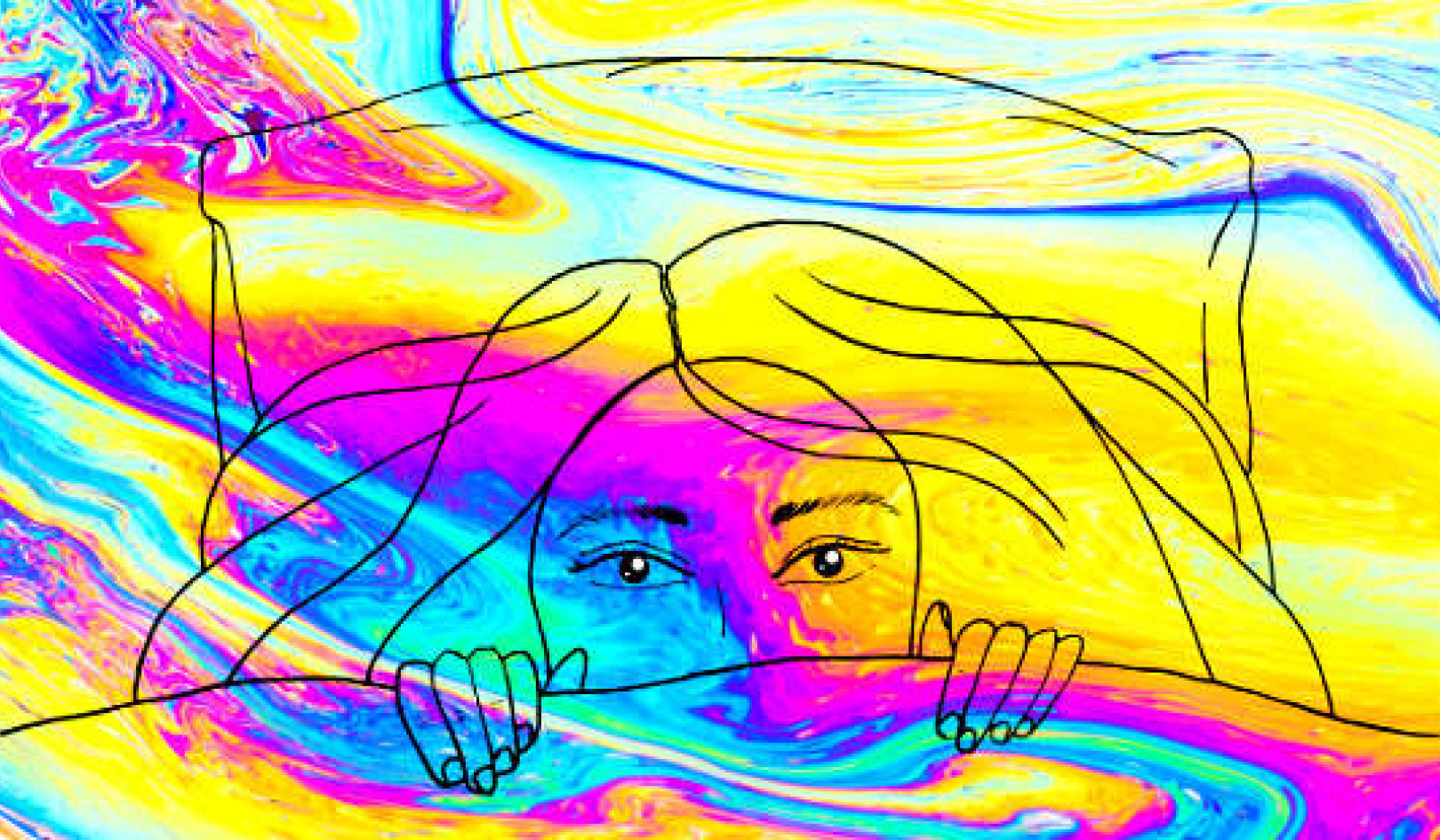
Mindfulness-based stress reduction (MBSR) teaches us that what makes the stresses in our life particularly damaging is how we mismanage them. The tendency to resist or willfully ignore our situation, misperceive and have fixed ideas about who we are and the reality we inhabit, is slowly replaced with mindfulness and the attitudes associated with it: nonjudgment, patience, beginner’s mind, trust, nonstriving, acceptance, and letting go. These begin to help us disengage from our established destructive coping mechanisms—ways of surviving that come with great physical and emotional costs.
Once we are more mindful, we can then integrate this into daily life, bringing mindfulness into our communication with others, particularly when stressful, and into the choices we make about what is important for us. Finally, the vision of MBSR is a radical reorientation of how we engage with our lives. As Jon Kabat?Zinn says:
The ultimate promise of mindfulness is much larger, much more profound, than simply cultivating attentiveness... Mindfulness helps us to recognize how and why we mistake the actuality of things for some story we create. It then makes it possible for us to chart a path toward greater sanity, well-being, and purpose.
Breathing Space Refuge
Breathing mindfully gives us an alternative way to be in ourselves, the refuge of a “breathing space”: a place where instead of being enmeshed in emotional reactivity to unwanted situations we are more accepting of our experience as it is. In this way we recognize that thoughts are just thoughts, that they are fleeting events that pass through our awareness. When this is practiced over an extended period, within an atmosphere of kindness and compassion, it produces well-being and the ability to choose what heals.
Buddhism is the original home of mindfulness. It was first practiced almost two and a half thousand years ago. Buddhism’s starting point is the observation that our experience is full of many different types of unsatisfactory and painful experiences, many of which we bring upon ourselves by the way we think and act. It seeks to alleviate this unhappiness by finding a place of calm fearlessness in the midst of conflicting and reactive emotions and establishing a deep insight into the true nature of reality.
Being mindfully present with whatever arises, experiencing it with equanimity, acceptance, nonidentification, kindness, and compassion, develops the wisdom to see things as they really are, not just as they appear to be, and with this understanding comes the end of suffering.
Calm and Insight
What is now generally called “mindfulness meditation” is, in fact, a combination of two types of meditation that in Buddhism are always practiced in tandem: calm abiding (samatha) and insight (vipassana). The basic idea is that when we concentrate gently and patiently upon one thing the mind becomes still and pleasurably calm. Once the mind has acquired this skill it can then be used to look deeply into the mind itself, and this will give insight into how things really are—which is the “purpose” of meditation.
We could think of this as holding a glass of murky water. While it is agitated it remains murky, but when held still it calms down, and as the murk settles, it becomes clear. There are slightly different accounts of this process, depending on who is teaching mindfulness.
Traditionally, the discussion has emphasized the need to calm the mind before we begin to practice insight meditation. The consensus seems to be that we need to achieve a sufficiently calm and steady attention that will then enable insight to become possible. This is sometimes achieved by practicing concentration until the mind stills and then changing over to whatever style of insight meditation our tradition teaches.
However, it is equally common to find (reflecting the earliest teaching) that the two practices are done simultaneously. Here each practice balances the other: our calm and concentrated mind supporting our insight and our insight facilitating deeper levels of calm. In this way of seeing things, calm and insight are two sides of the same practice, each supporting the other to reach their final destination: the end of conflicted and turbulent emotions and ignorance of how things really are.
©2015 by Nigel Wellings.
Reprinted with permission of the publisher,
The Penguin Group/Perigee. www.penguin.com
Article Source
 Why Can't I Meditate?: How to Get Your Mindfulness Practice on Track
Why Can't I Meditate?: How to Get Your Mindfulness Practice on Track
by Nigel Wellings.
Click here for more info and/or to order this book.
About the Author
 NIGEL WELLINGS is a psychoanalytic psychotherapist and author who works within a broadly contemplative perspective. He first attempted to practice mindfulness in his late teens and has been engaged with the relationship between psychotherapy and meditation for the last forty years. He lives in Bath and is a teacher on the Bath and Bristol Mindfulness Courses. Visit his website http://www.mindfulness-psychotherapy.co.uk/
NIGEL WELLINGS is a psychoanalytic psychotherapist and author who works within a broadly contemplative perspective. He first attempted to practice mindfulness in his late teens and has been engaged with the relationship between psychotherapy and meditation for the last forty years. He lives in Bath and is a teacher on the Bath and Bristol Mindfulness Courses. Visit his website http://www.mindfulness-psychotherapy.co.uk/



























